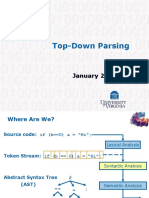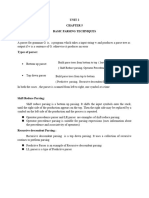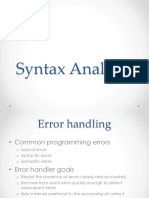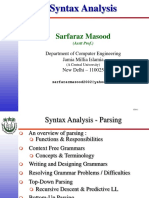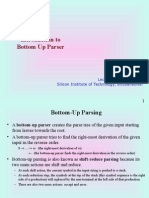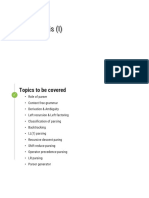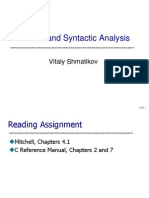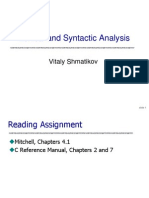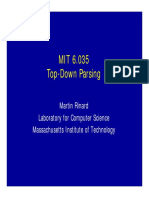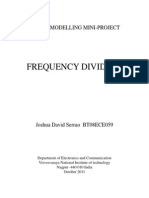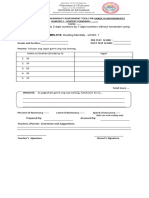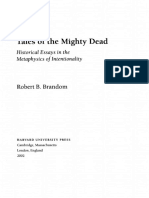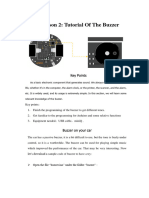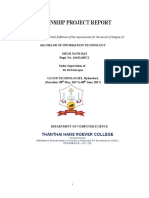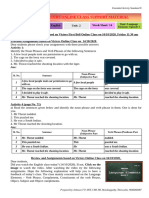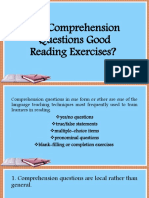0% found this document useful (0 votes)
15 views43 pagesChapter 04 Lexical and Syntax Analysis
Chapter 4 discusses lexical and syntax analysis, explaining the role of lexical analyzers in identifying lexemes and tokens for syntax analyzers. It covers derivations, including leftmost and rightmost derivations, and introduces parsing techniques such as top-down and bottom-up parsing. The chapter also details the shift-reduce parsing method, illustrating how strings are processed to derive the start symbol.
Uploaded by
nomanur rahmanCopyright
© © All Rights Reserved
We take content rights seriously. If you suspect this is your content, claim it here.
Available Formats
Download as PPTX, PDF, TXT or read online on Scribd
0% found this document useful (0 votes)
15 views43 pagesChapter 04 Lexical and Syntax Analysis
Chapter 4 discusses lexical and syntax analysis, explaining the role of lexical analyzers in identifying lexemes and tokens for syntax analyzers. It covers derivations, including leftmost and rightmost derivations, and introduces parsing techniques such as top-down and bottom-up parsing. The chapter also details the shift-reduce parsing method, illustrating how strings are processed to derive the start symbol.
Uploaded by
nomanur rahmanCopyright
© © All Rights Reserved
We take content rights seriously. If you suspect this is your content, claim it here.
Available Formats
Download as PPTX, PDF, TXT or read online on Scribd
/ 43


